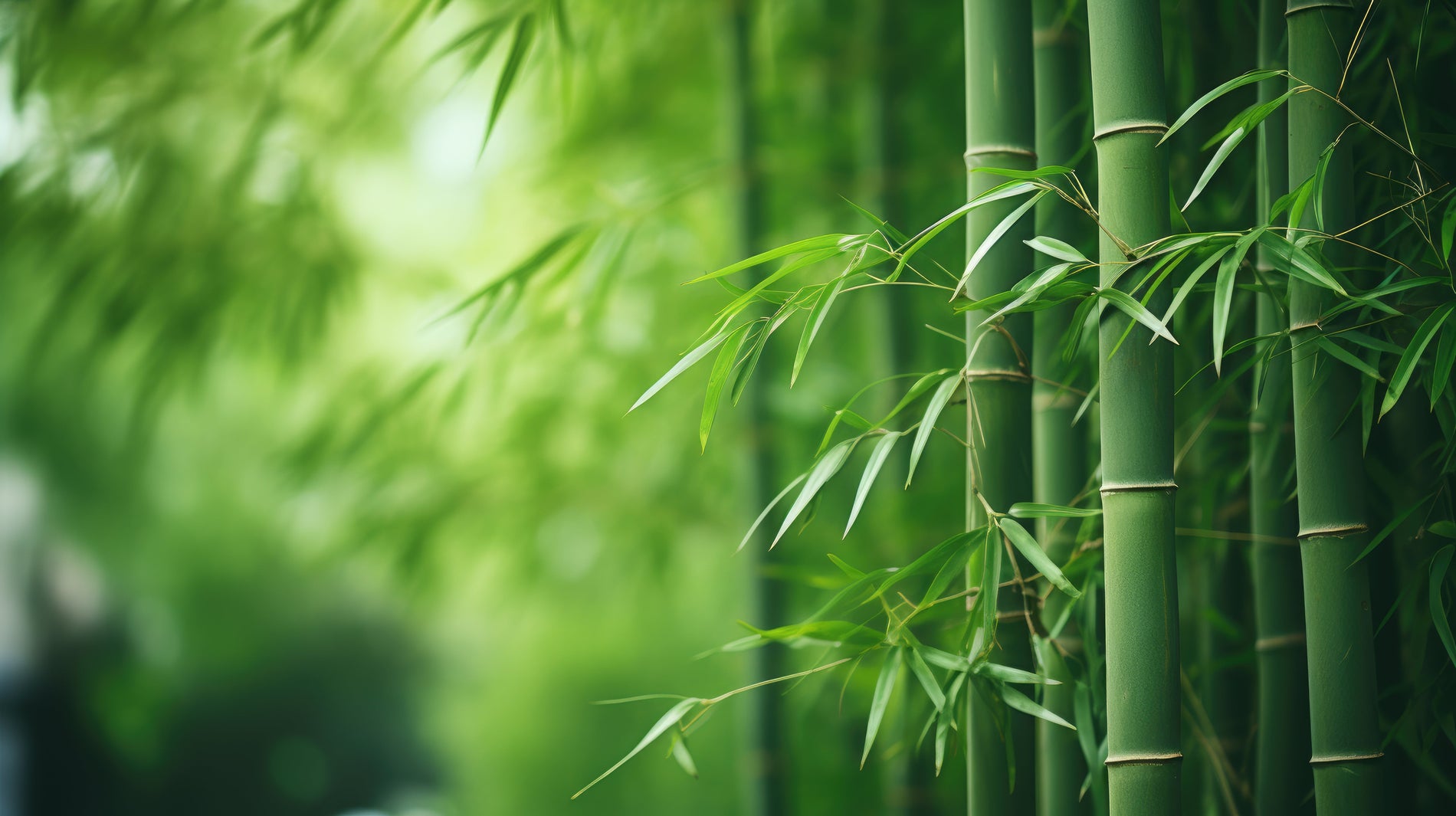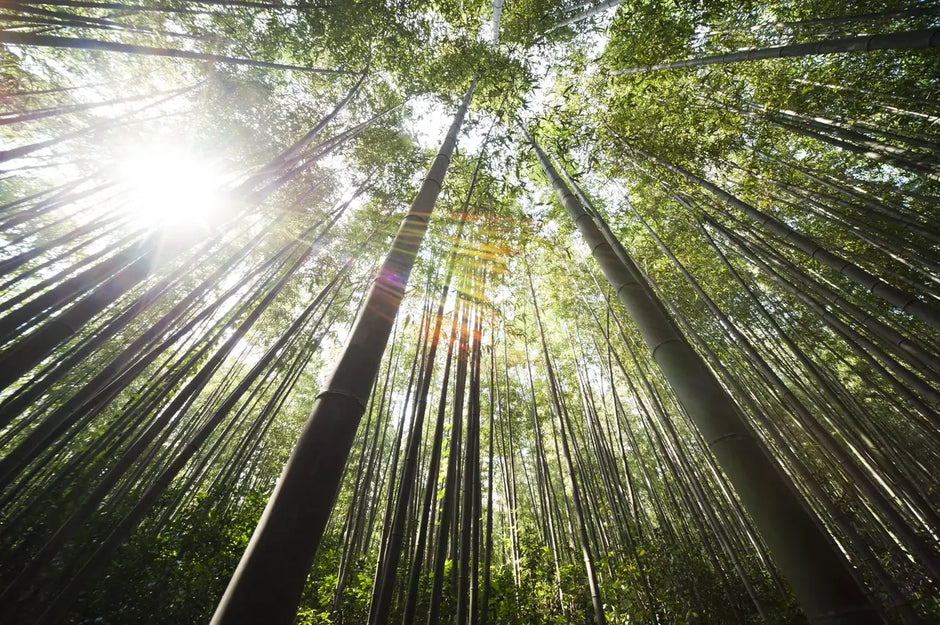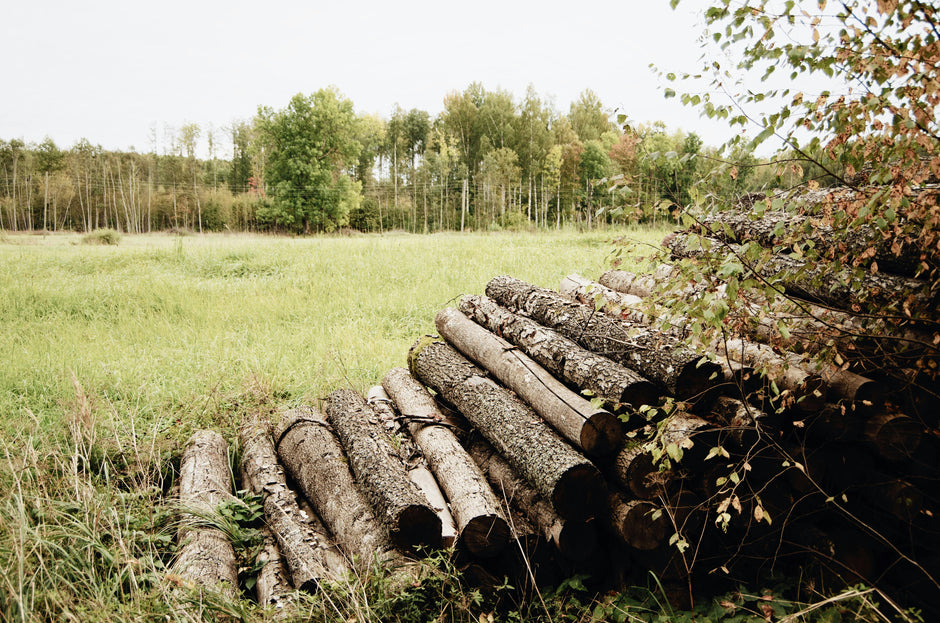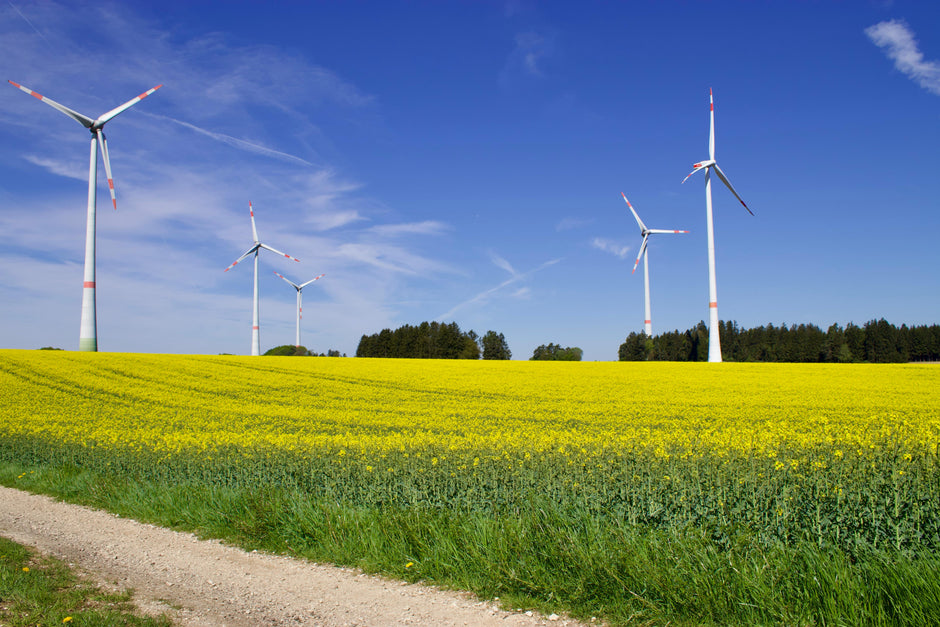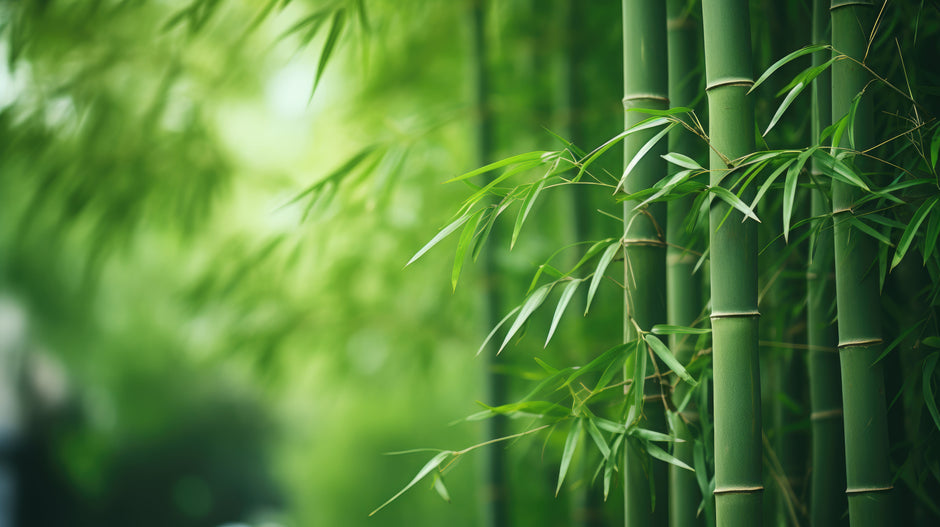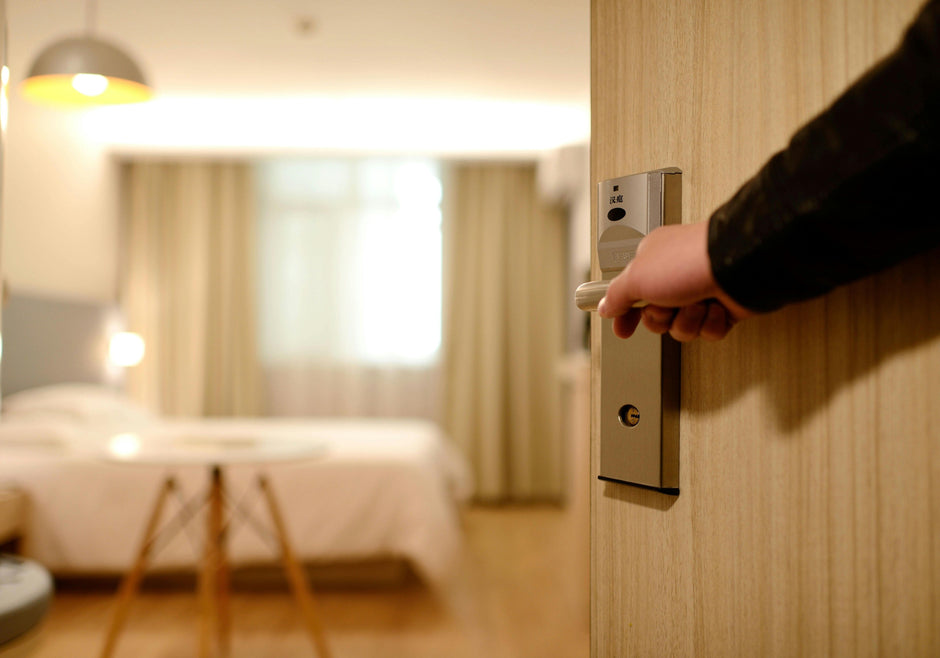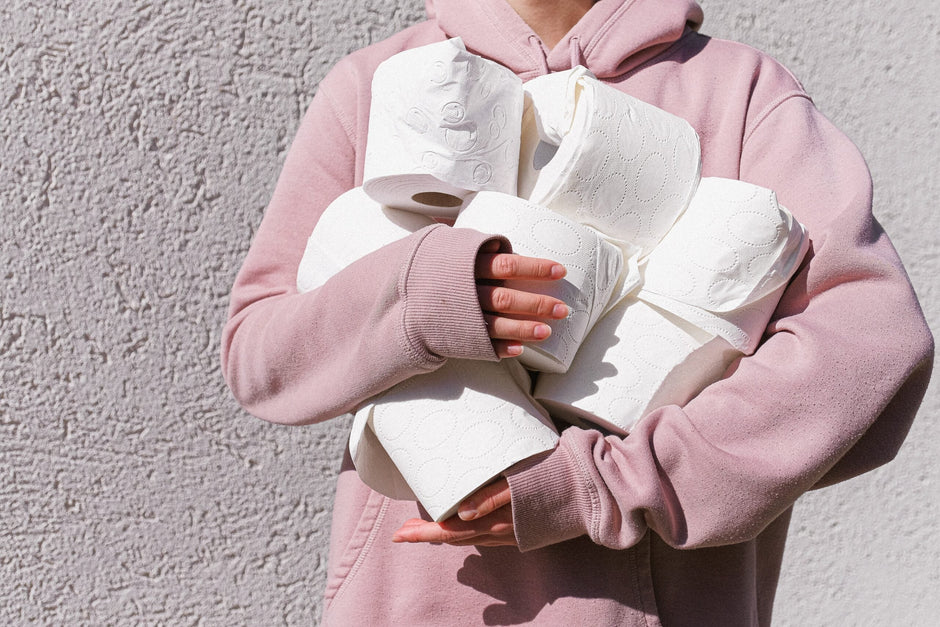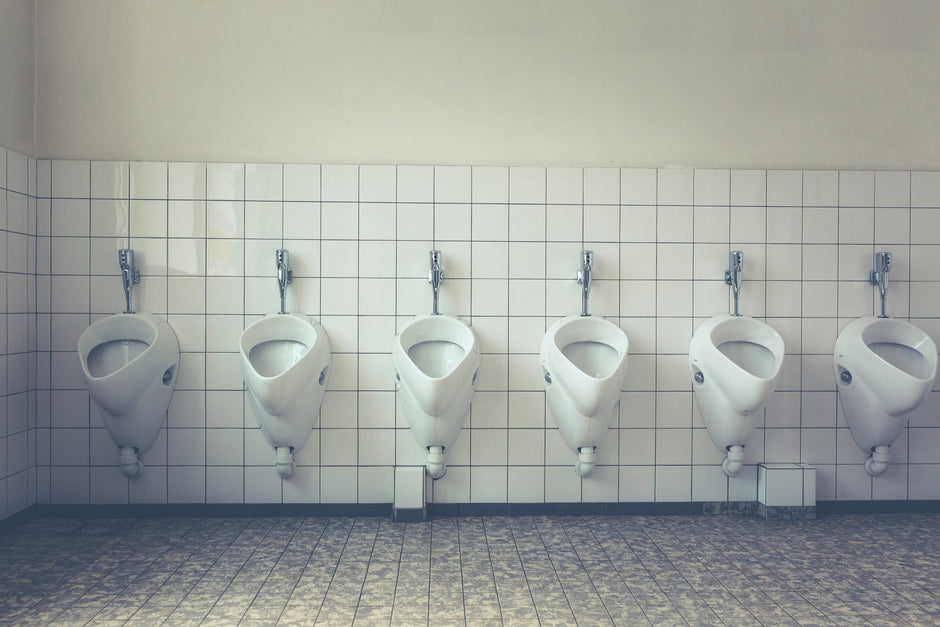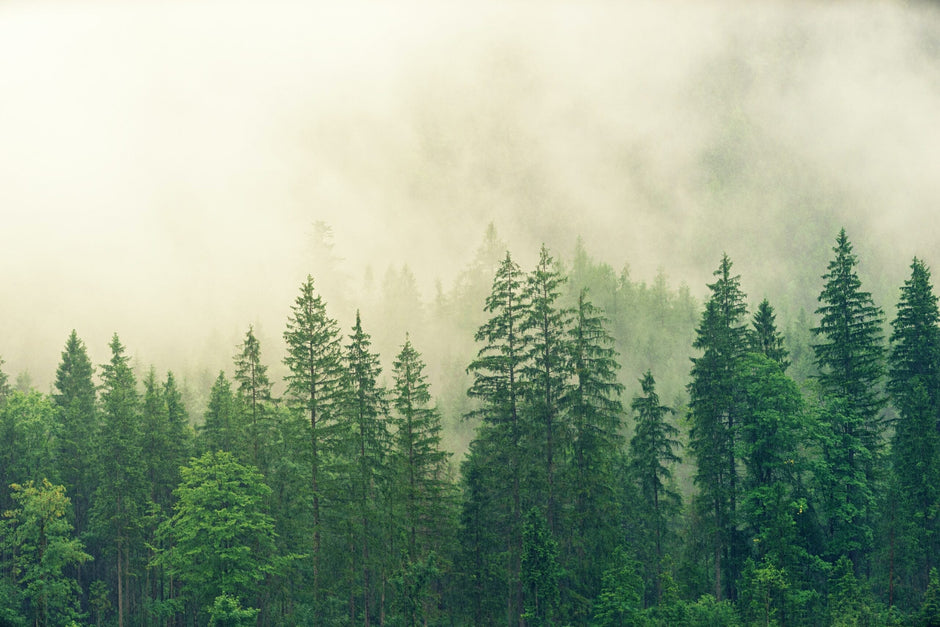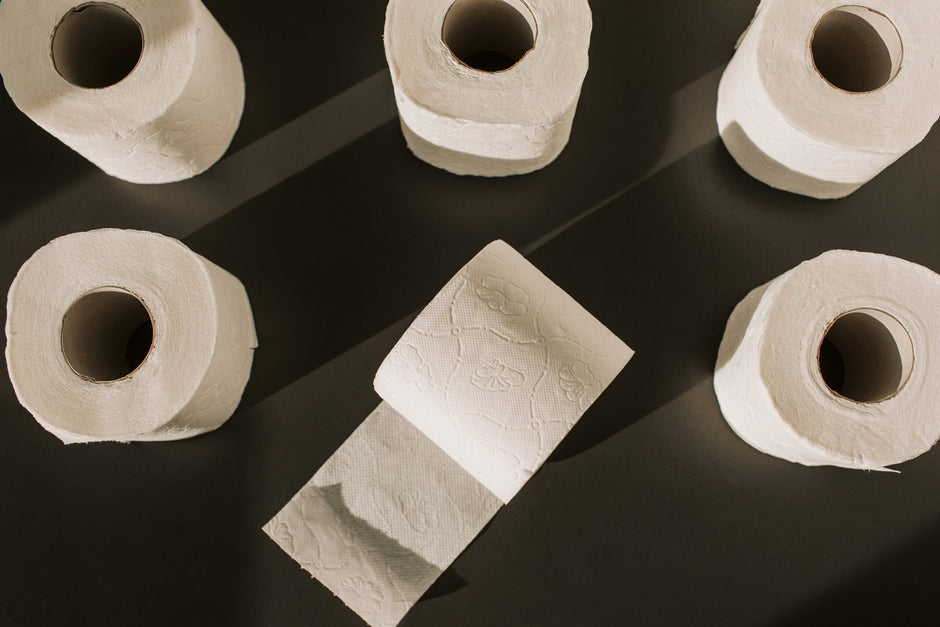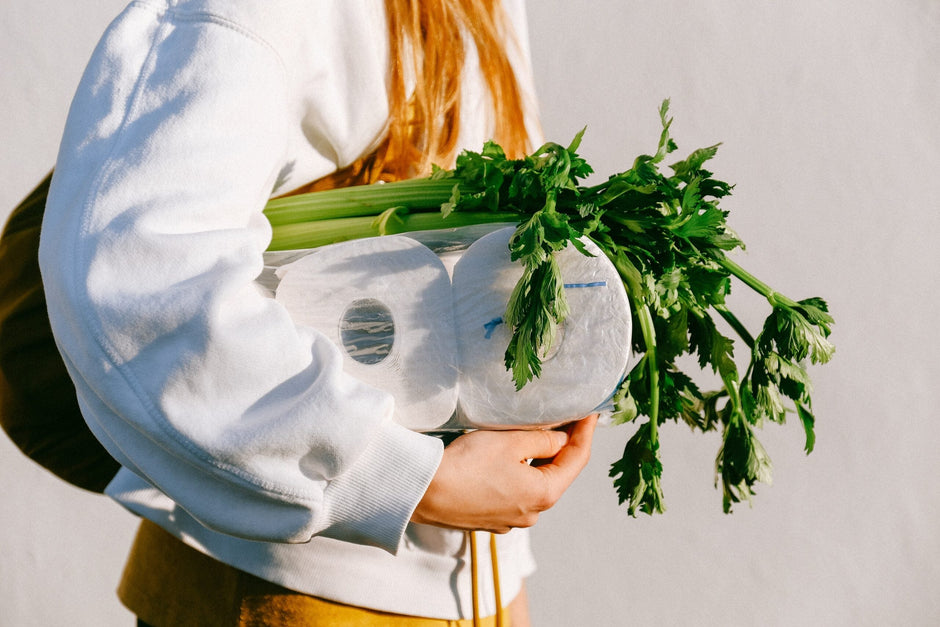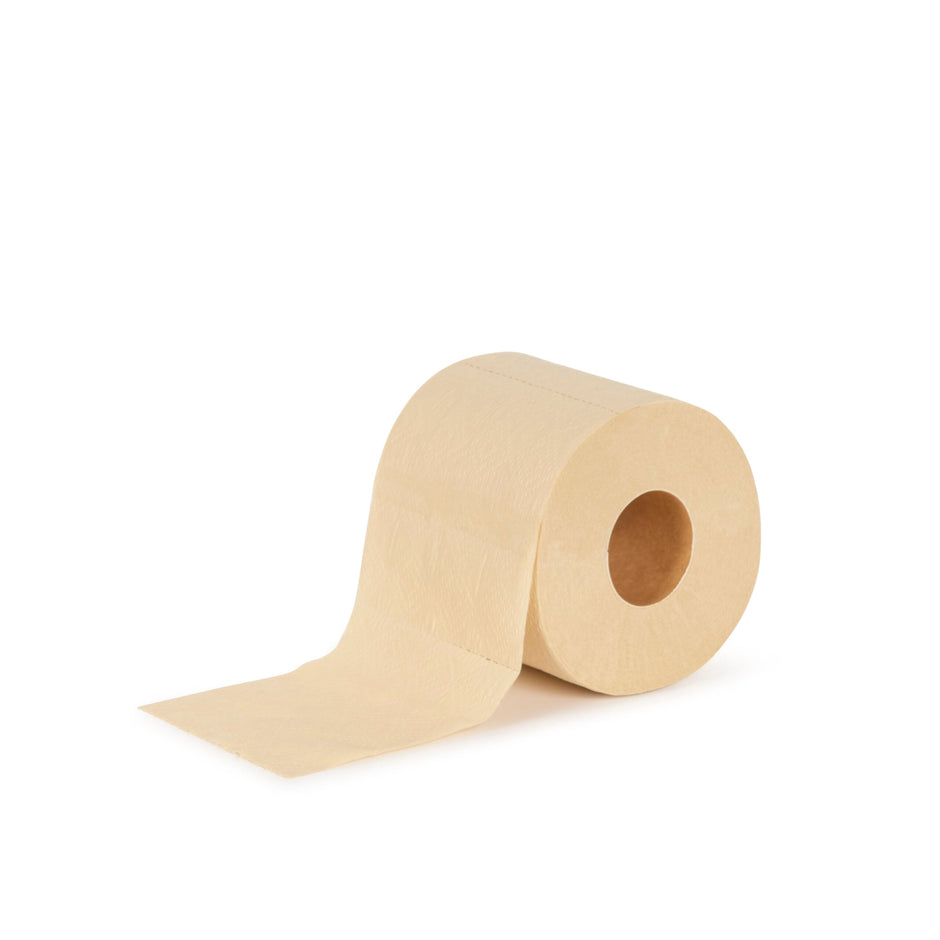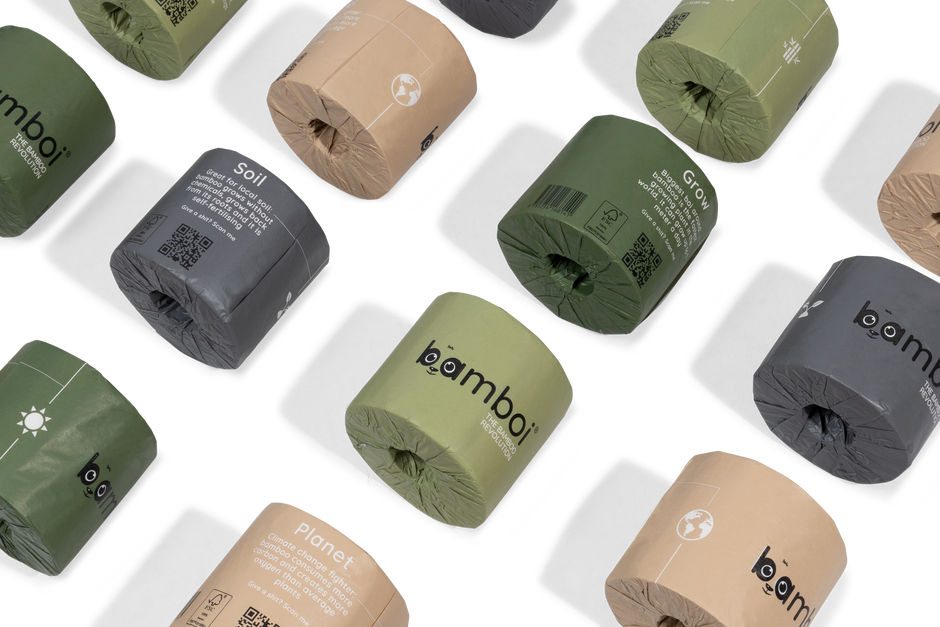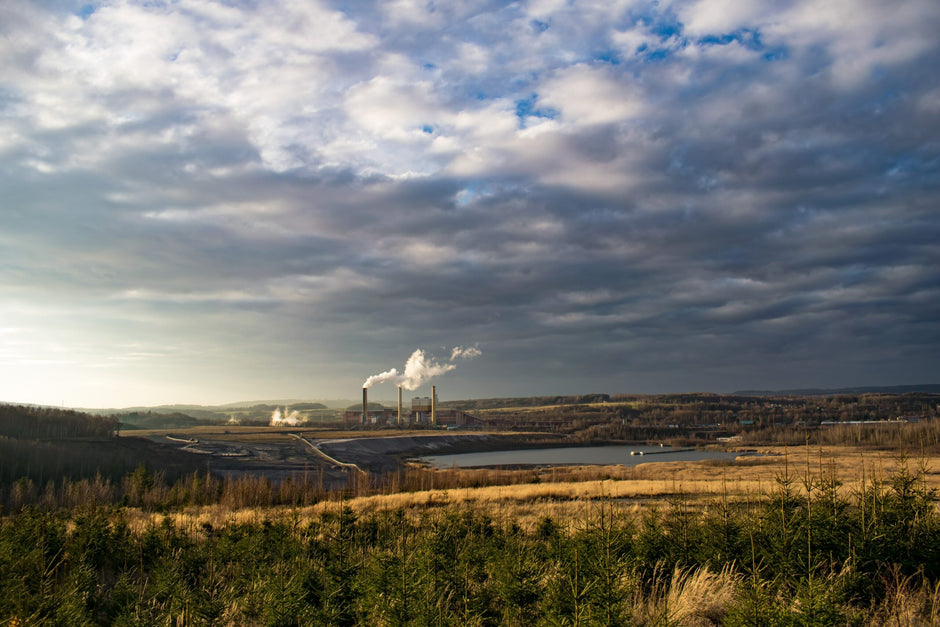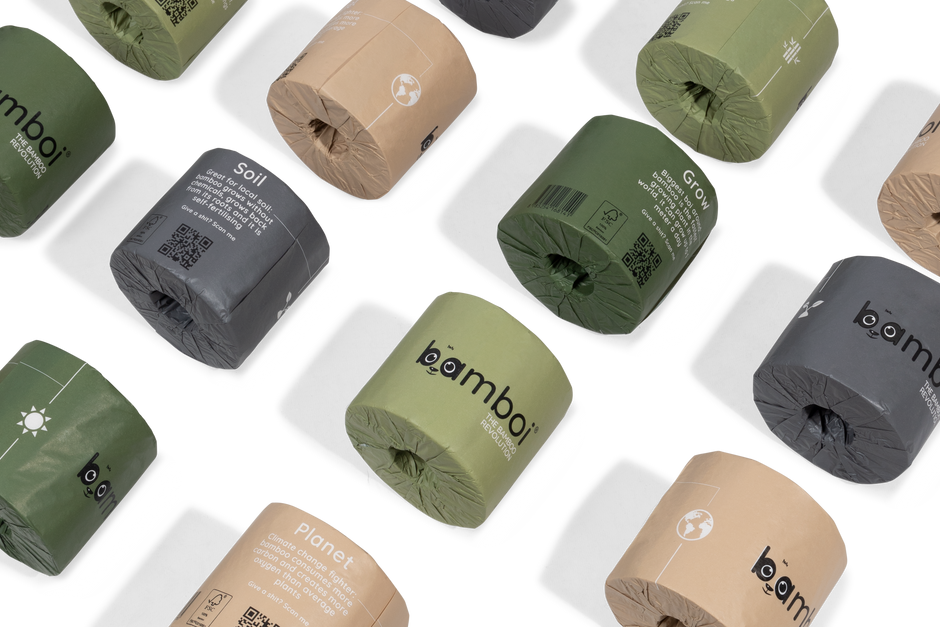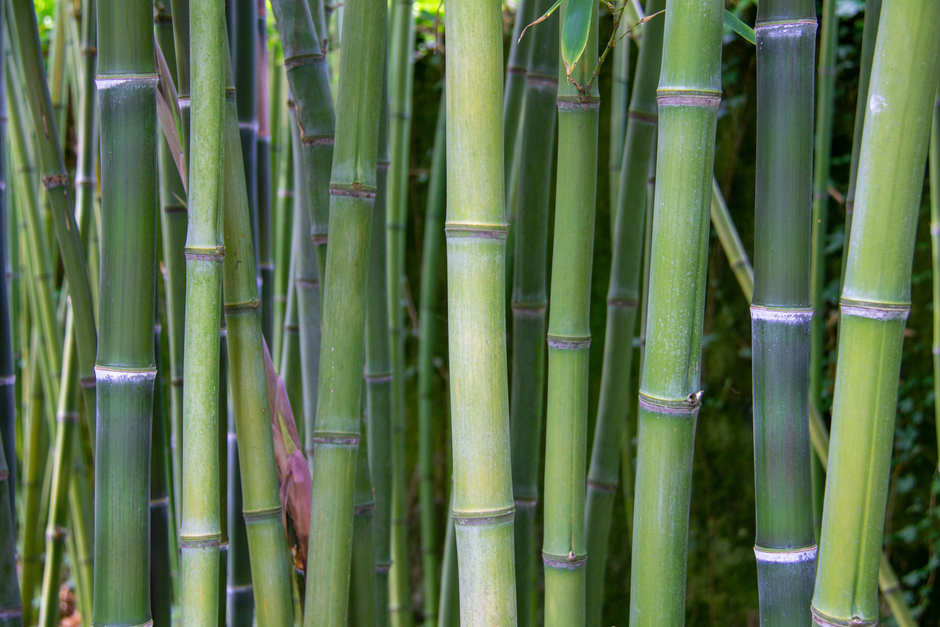Bamboo is a versatile and remarkable plant, globally admired for its rapid growth, incredible sustainability, and serene aesthetic. While here at Bamboi we focus on crafting high-quality, bamboo toilet paper, we're also passionate about helping our readers cultivate this amazing plant at home.
Whether you're looking to create a lush privacy screen, a zen garden feature, or simply enjoy its beauty, this guide has you covered. We'll walk you through choosing the right species, planting it correctly, and providing the best care and pruning to ensure it thrives.
Bamboo Species: An Overview
Bamboo belongs to the grass family (Poaceae) and boasts over 1,000 different species. For gardening purposes, they are primarily classified into two main types: running bamboo and clumping bamboo. Understanding the difference is crucial for a happy garden.
Clumping Bamboo (Sympodial)
Clumping species, like those from the Fargesia genus, grow in tight, compact clusters. Their underground root system (rhizomes) is short and expands slowly outwards from the center, much like an ornamental grass. This makes them predictable and much easier to manage.
- Best for: Smaller gardens, container planting, and gardeners who want low-maintenance containment.
- Popular Species: Fargesia 'Rufa', Fargesia nitida, Bambusa multiplex 'Alphonse Karr'.
Running Bamboo (Monopodial)
Running species, such as those from the Phyllostachys genus, are known for their vigorous growth. Their rhizomes are long and spread horizontally underground, sending up new shoots (culms) over a wide area. They can quickly become invasive if not contained.
- Best for: Creating large privacy screens or groves quickly (with proper containment).
- Containment: It's essential to install a rhizome barrier 60-90 cm deep around the planting area to prevent unwanted spreading.
Clumping vs. Running Bamboo at a Glance
| Feature | Clumping Bamboo | Running Bamboo |
|---|---|---|
| Growth Habit | Forms tight, predictable clumps | Spreads aggressively via long rhizomes |
| Invasiveness | Low; non-invasive | High; can become very invasive |
| Ideal Use | Hedges, specimen plants, pots | Large privacy screens, groves |
| Maintenance | Lower; no barrier needed | Higher; requires a root barrier |
| Example Genera | Fargesia, Bambusa | Phyllostachys, Sasa, Pseudosasa |

How to Plant Bamboo: A Step-by-Step Guide
Successfully planting bamboo starts with the right location and preparation.
- Choose the Right Spot: Select a location that receives at least 5-6 hours of direct sunlight. While some species tolerate shade, most prefer sun. Ensure the spot is sheltered from harsh, drying winds.
- Prepare the Soil: Bamboo thrives in well-draining, fertile, slightly acidic soil. Dig a planting hole that is twice as wide and just as deep as the plant's root ball.
- Enrich the Soil: Mix the excavated soil with an equal amount of compost or well-rotted manure. This enriches the soil, providing essential nutrients for a strong start.
- Plant the Bamboo: Gently remove the bamboo from its container and soak the root ball in a bucket of water until the air bubbles stop. Place the plant in the center of the hole, ensuring the top of the root ball is level with the ground.
- Backfill and Water: Fill the hole with your enriched soil mix, pressing down firmly to eliminate air pockets. Water thoroughly immediately after planting to help the soil settle around the roots.
Tips for Planting Bamboo in Containers
For patios or small spaces, planting in a pot is an excellent option.
- Choose a clumping species to prevent it from becoming root-bound too quickly.
- Select a large, sturdy pot with ample drainage holes.
- Use a high-quality potting mix combined with compost.
Caring for Your Bamboo
To keep your bamboo healthy and vibrant, follow these essential care tips:
- Watering: Keep the soil consistently moist, but not waterlogged, especially during the first year and in hot, dry periods. Overwatering can lead to root rot.
- Fertilizing: Feed your bamboo with a balanced, high-nitrogen fertilizer in the spring to fuel its vigorous growing season. You can learn more about the best organic fertilizers for your garden on our blog.
- Mulching: Apply a 5-10 cm layer of organic mulch (like bark chips, straw, or compost) around the base of the plant. This helps retain soil moisture, suppress weeds, and regulate soil temperature.
- Monitor for Stress: Yellowing leaves can be a sign of either overwatering or underwatering. Check the soil moisture and adjust your routine accordingly.
Infographic Suggestion
(Consider creating a simple visual graphic with these five steps for your blog)
Title: Planting Bamboo in 5 Easy Steps
- Dig: A hole 2x wider than the root ball.
- Mix: Combine soil with compost.
- Soak: Submerge the root ball in water.
- Plant: Place in the hole, level with the ground.
- Water: Water generously and mulch the base.
A Guide to Pruning Bamboo
Regular pruning keeps your bamboo looking its best and encourages healthy growth.
- Maintenance Pruning (Early Spring): Before the new growing season begins, remove any dead, weak, or damaged culms. Cut them at ground level with a sharp, clean saw or loppers.
- Thinning: To improve air circulation and light penetration, thin out the plant by removing a few of the oldest culms (usually duller in color) at the base. This encourages fresh, vibrant new shoots.
- Height Control (Topping): You can control the height of your bamboo by trimming the tops of the culms. Make your cut just above a node (the ringed joint on the culm). This will stop the culm from growing taller and encourage it to produce more leaves, creating a denser appearance.
Bamboo Shoots: A Culinary Delicacy
Beyond its ornamental value, bamboo is also a source of food. The young, edible offshoots known as bamboo shoots are a staple in many Asian cuisines. They are packed with fiber, vitamins, and minerals.
Important Note: Raw bamboo shoots contain natural toxins (cyanogenic glycosides). These compounds are safely neutralized by cooking. Always boil, steam, or roast bamboo shoots before eating them.
Our Mission: Making a Positive Impact with Bamboo
Growing bamboo in your garden is a wonderful way to connect with this sustainable resource. But its power extends far beyond the backyard. At Bamboi, we harness its strength and rapid renewability to create products that are better for you and the planet.
Would you like to discover how we can make a positive impact together? Learn everything about the benefits of bamboo toilet paper and join our mission to make a difference, one product at a time!
Frequently Asked Questions (FAQ) About Growing Bamboo
Q1: Is bamboo hard to grow for beginners?
A: Not at all! Bamboo is generally quite resilient and can be easy to grow, even for novice gardeners. The key is making the right choices upfront: selecting a bamboo species suitable for your climate and space (clumping vs. running), and ensuring it gets adequate water, especially during its establishment period. With a little initial preparation, bamboo can be a very rewarding plant.
Q2: How fast does bamboo grow, and when can I expect mature plants?
A: Bamboo is renowned for its rapid growth, making it one of the fastest-growing plants on Earth. Some running species can produce new culms that grow up to 90 cm (3 feet) in a single day during their peak shooting season! Clumping varieties also grow quickly but in a more contained manner. While individual culms reach their full height in one growing season, the plant as a whole will establish and fill out over 3-5 years, depending on the species and growing conditions, to achieve a mature appearance.
Q3: Can I grow bamboo indoors, and what species are best for containers?
A: Yes, many smaller, clumping bamboo species are excellent for growing indoors or in containers on patios. Species from the Fargesia genus, such as Fargesia 'Rufa' or Fargesia murielae, are popular choices due to their non-invasive nature and relatively compact size. When growing indoors, ensure the plant receives plenty of bright, indirect light, consistent moisture, and good humidity. Choose a spacious pot with excellent drainage to allow for root growth.
Q4: What's the main difference between running and clumping bamboo, and which should I choose?
A: The main difference lies in their root systems and growth habits. Clumping bamboo (e.g., Fargesia) has short, U-shaped rhizomes that grow slowly outwards, forming a tidy, non-invasive clump. It's ideal for smaller gardens, containers, or where containment is crucial. Running bamboo (e.g., Phyllostachys) has long, aggressive rhizomes that spread rapidly underground, sending up new shoots far from the mother plant. Running bamboo is best for large areas where you want a dense screen quickly, but it absolutely requires a root barrier to prevent it from becoming invasive. Your choice depends entirely on your space, desired effect, and willingness to manage its spread.
Q5: How much water does bamboo need?
A: Bamboo loves water, especially during its growing season and when newly planted. The soil should be kept consistently moist but never waterlogged, as this can lead to root rot. Water deeply 2-3 times a week during dry periods or daily for container plants. Reduce watering in cooler months. Signs of thirst include curled or yellowing leaves, while soggy soil indicates overwatering.
Q6: Do I need to fertilize my bamboo, and if so, how often?
A: Yes, fertilizing helps promote vigorous growth. Bamboo are heavy feeders due to their rapid growth. Apply a balanced, high-nitrogen fertilizer (like a lawn fertilizer or a specialized bamboo feed) in early spring as new growth begins. You can follow up with a lighter feeding mid-summer. Organic options like compost or well-rotted manure are also excellent for enriching the soil.
Q7: How do I prune bamboo, and when is the best time?
A: Regular pruning keeps bamboo healthy and attractive. The best time for major pruning is in early spring before new shoots emerge. Remove any dead, damaged, or weak culms at ground level. You can also thin out older, less vibrant culms to improve air circulation and encourage new growth. To control height, simply trim the tops of culms just above a node; this will stop vertical growth and promote a bushier top. Always use sharp, clean tools.
Q8: Are bamboo shoots edible, and how should they be prepared?
A: Yes, bamboo shoots (the young, tender culms) are edible and a popular ingredient in many Asian cuisines, prized for their crunchy texture and mild flavor. However, raw bamboo shoots contain cyanogenic glycosides, which are toxic. They must always be cooked (boiled, steamed, or roasted) before consumption to break down these compounds and make them safe to eat. Once cooked, they can be added to stir-fries, soups, salads, and more.


